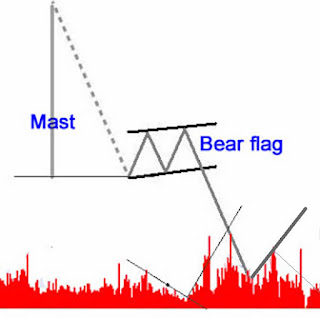Updates: This article is no longer applicable today. LED technology has so many advances that it has overtook the events. They can now produce LED lamps that are not only cheaper but also brighter and can save more energy than a conventional system
Introduction
Today, everyone is talking about LED lighting. Many who used LED lightings before can swear that such lights will save running bills. They also run cooler. This article will examine if it is true.
What is LED?
LED stands for Light Emitting Diodes. It was discovered in 1907. It is a semiconductor product. When a current passes through, it will emit lights as well as some heat. The earlier LED has only one colour, Red. Today, they are available in multi-colors. They match light spectrum of many other lightings. Some used LED lights for aquatic and reef tanks.
Are They Energy Efficient?
Lamp efficiency is often measured by lumens per watt (lm/W). Lumen is a measurement for lighting power emitted by the lamp. The earlier LED has a lm/W of around 65. This is about 4 times as efficient as incandescent lamp which is around 15 lm/W. It is still not as efficient as fluorescent lamp which is around 110 lm/W. Some manufacturers ever claimed that their LED can go as high as 160 lm/W but the United States Department of Energy (DOE)’s tests in 2009 showed that the LED lamps that were used to replace their existing lamp had only 17 to 79 lm/W. Luxeon, a well known US brand, claimed their LEDs having the highest flux in the World; they can only produce 30-40 lumens per watt.Why Claimed to be Saving Energy?
Many who used LED lamps before always claimed so. They claimed to use lesser numbers of LED fittings for the same room. Even the DIYs can tell one another to use only about 60% of LED in terms of wattage power. What could be wrong with DOE’s tests?DOE’s Test Conditions
DOE’s explanation on the test conditions can be found here.Its report clarified that the tests did not
a) Cover the measurement of luminaires;
b) Take account of the life maintenance
Luminaires Make a Difference?
Do a simple experiment. Use an incandescent bulb. Compare the lighting between one that has a reflector and one without. One will tell that the one having a reflector is much brighter. Similarly for LEDs.
The small LEDs of 5 mm usually have an in-built lens to concentrate the light source.
The larger ones of 0.5 watts and above do not often have the lens as they are usually sold separately. Many commercial LED also do not have the lens for each LED. Different types of lens are available in the market and can be added to the LEDs to change their beam angles so that lights can be focused in areas most needed for maximum efficiency.
Furthermore, efficient reflectors can also be designed for LEDs because of its smaller size and lesser heat emission. Therefore, they can be much more efficient if the luminaires are also considered.
What Other Considerations?
One factor most users overlooked is the actual power consumed by LEDs. Actual power consumption will include KWs as well as KVARs. The latter is referred to as the reactive power that is not often charged in the electricity bill but will have to be accounted for when selecting the capacity of any generator.Why?
The difference between fluorescent and LED fittings besides the lamps is the design of the ballasts. The former uses magnetic ballast and the latter uses LED driver. Both consume KVARs; inductive in former and capacitive in latter.For a 30 watts T5 lamp, the fitting consumes only about 4 VAs or around 13%.
One LED driver with capacitor arrangement is shown below, the VAs consumed by this kind of driver could be as high as if not higher than the lamp itself.
Therefore, when one measures the electric current consumed by LED lamps, do not be alarmed as one is only charged for the KWs used. The Power Generating Companies would not like this kind of LED drivers. As for factories and large energy consumers where power factor is also charged, it is not exactly a good idea to convert all fluorescent fittings to LED fittings as the power bills will not reduce by much.
What is the life of LED?
This DOE's chart showed that LED has longer life than some lightings and comparable to T5 fluorescent lamps.
Is it Worthwhile?
Unlike incandescents that can be hot in operation and fluorescents, big and bulky, cheap plastic reflectors can be supplied as a standard for LED lightings; also, lens can be easily added to LEDs to focus lights in areas most needed. These reflectors and lens can improve LED's efficiencies.LED lightings can be energy efficient when compared to others such as incandescent and fluorescent fittings if they are fitted with proper lens and reflectors. They can be a worthwhile investment except today's good LED lightings come with a price.









































